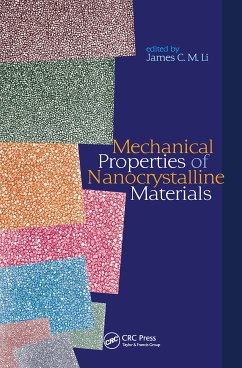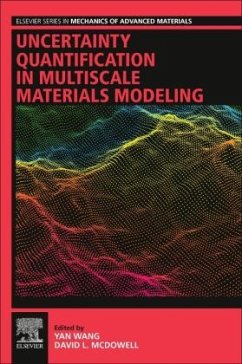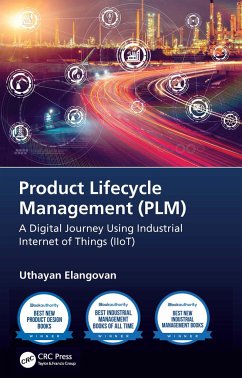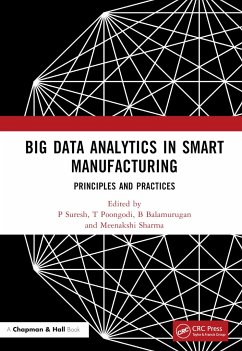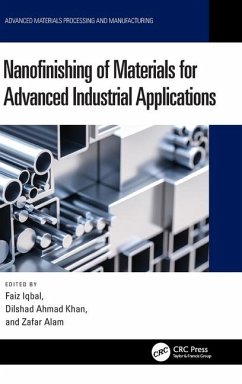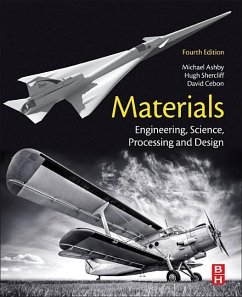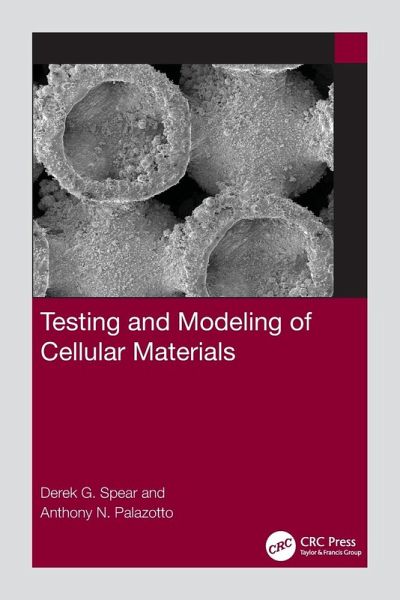
Derek G Spear (USA Air Force Institute of Technology)Anthony N Palazotto (USA Air Force Institute of Technology)
Broschiertes Buch
Testing and Modeling of Cellular Materials
Versandkostenfrei!
Versandfertig in 1-2 Wochen

PAYBACK Punkte
31 °P sammeln!




Testing and Modeling of Cellular Materials discusses the characterization of cellular lattices through quasi-static and dynamic testing for use in light-weighting or energy absorbing applications.
Dr. Derek G. Spear completed his MS in Aerospace Engineering at the North Carolina State University in Raleigh, NC, and his MS in Aviation Systems at the University of Tennessee in Knoxville, TN. He obtained his PhD in Aeronautical Engineering from the Air Force Institute of Technology, Wright-Patterson Air Force Base, OH. He has assumed various roles as executive officer/instructor pilot, flight commander/program manager, test pilot, helicopter flight commander, flight safety officer, director of operations, and commander. He has received many awards, honors, and decorations for his services. He has published white papers and presented his research work at international conferences. Dr. Anthony N. Palazotto is a Distinguished Professor, Aerospace Engineering at the Air Force Institute of Technology. He has over 50 years of experience in administration, research, and education within an Engineering College. He supervised and administered faculty within a departmental division. He developed research efforts and course offerings in composite materials, wave mechanics, elasticity, shells, fracture mechanics, and finite element techniques. He is highly involved in technical society activity as chairperson and founder of various committees. He was the author of over 700 presentations and publications, 271 are archival.
Produktdetails
- Verlag: Taylor & Francis Ltd
- Seitenzahl: 208
- Erscheinungstermin: 19. Dezember 2024
- Englisch
- Abmessung: 234mm x 156mm x 11mm
- Gewicht: 322g
- ISBN-13: 9781032290249
- ISBN-10: 1032290242
- Artikelnr.: 72110687
Herstellerkennzeichnung
Libri GmbH
Europaallee 1
36244 Bad Hersfeld
gpsr@libri.de
Für dieses Produkt wurde noch keine Bewertung abgegeben. Wir würden uns sehr freuen, wenn du die erste Bewertung schreibst!
Eine Bewertung schreiben
Eine Bewertung schreiben
Andere Kunden interessierten sich für




